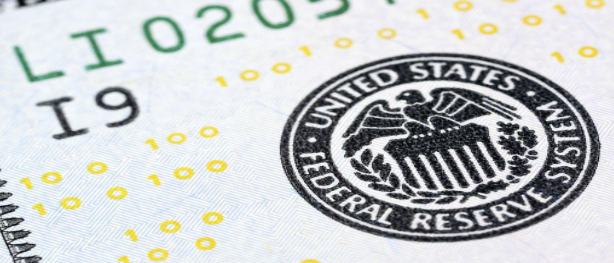According to the Federal Reserve, all 23 U.S. banks participating in its annual stress test were able to survive a severe recession scenario while continuing to lend to consumers and corporations. Despite $541 billion in projected losses for the group, the banks could maintain minimum capital levels and provide credit to the economy during the hypothetical recession, the Fed said. As a result of the 2008 financial crisis, which was partly caused by irresponsible banks, the Fed’s annual stress test determines how much capital can be returned to shareholders via buybacks and dividends. In this year’s exam, the banks underwent a “severe global recession” with unemployment surging to 10%, a 40% decline in commercial real estate values and a 38% drop in housing prices.
Following the collapse of three mid-sized banks earlier this year, banks have drawn increased scrutiny. But smaller banks avoid the Fed’s test entirely. This test examines giants such as JPMorgan Chase and Wells Fargo, as well as international banks with large U.S. operations and the largest regional banks, including PNC and Truist. As a result, clearing the stress test hurdle isn’t the “all clear” signal its been in previous years. Due to the recent failures of regional banks, increased regulations are expected in the coming months, as well as tighter international standards, which will increase capital requirements for the nation’s largest banks. “Today’s results confirm that the banking system remains strong and resilient,” Michael Barr, vice chair for supervision at the Fed, said in the release. “At the same time, this stress test is only one way to measure that strength. We should remain humble about how risks can arise and continue our work to ensure that banks are resilient to a range of economic scenarios, market shocks, and other stresses.”



